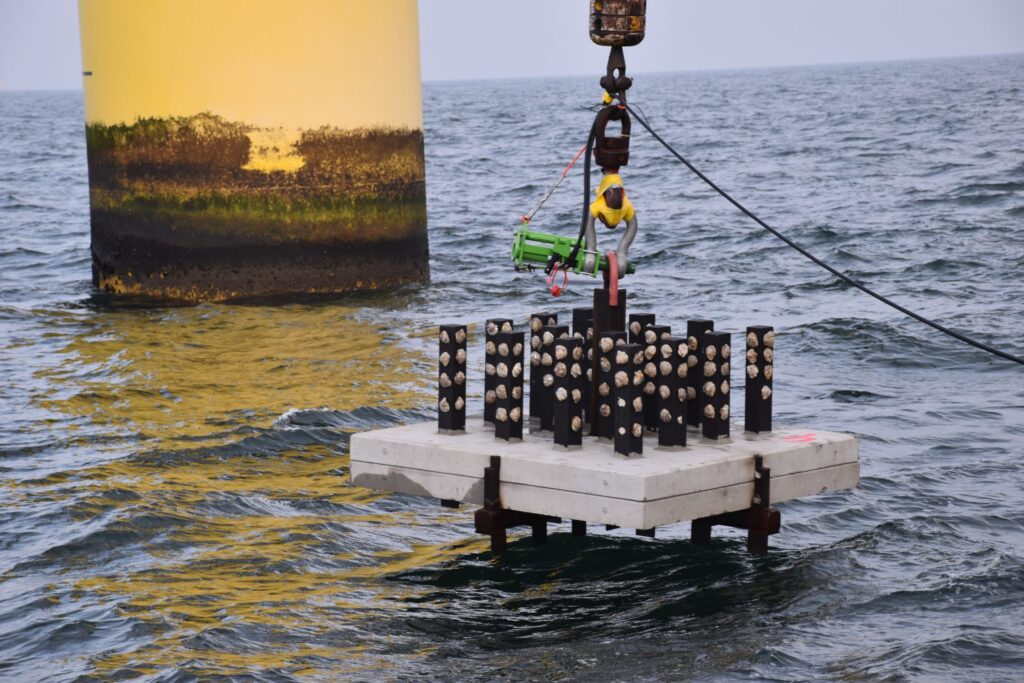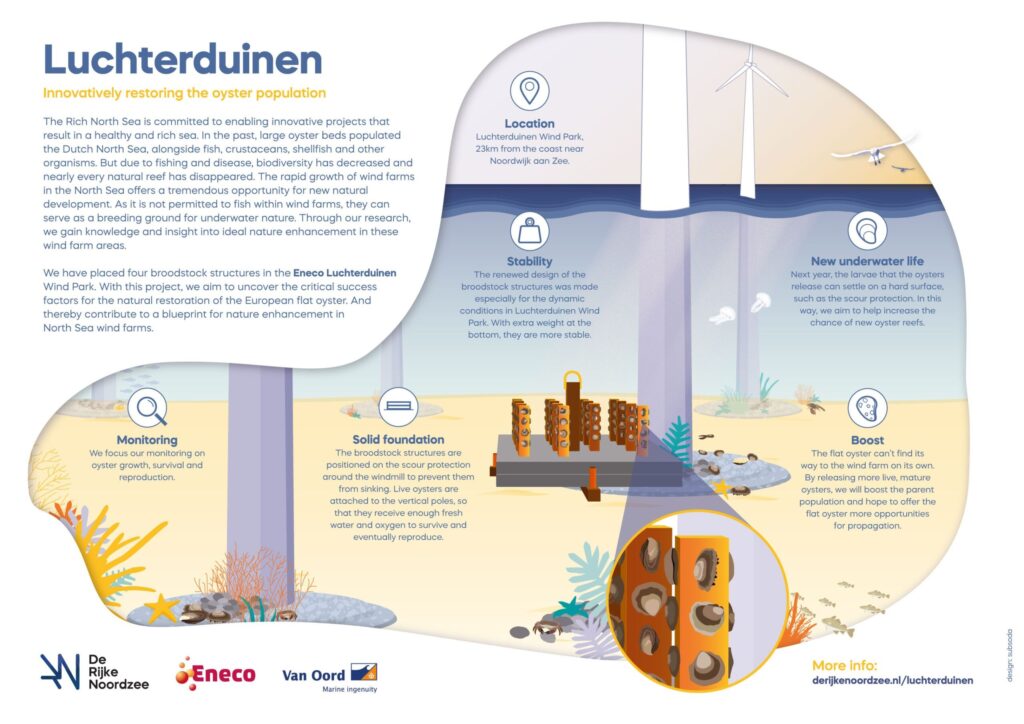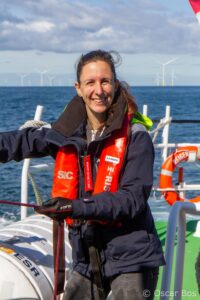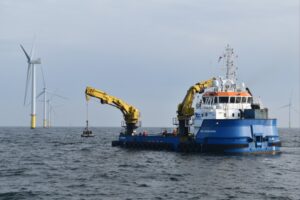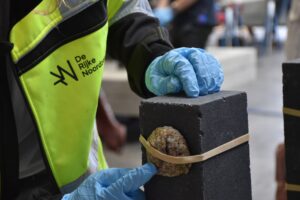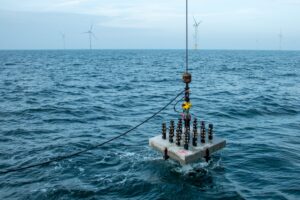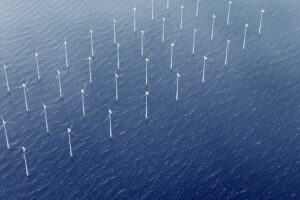Since 2018, several monitoring missions have been carried out to investigate survival and reproduction of the released oysters, stability of the structures on the seabed, and biodiversity around the oyster beds.
The first oyster cages we placed in the North Sea weren’t strong enough to withstand the sandy seabed. We learned valuable lessons from these early trials, which led to a redesigned approach. Van Oord developed new structures that mimic the natural environment, giving flat oysters a better chance of survival. These oyster tables are placed on the scour protection around wind turbines, preventing the structures from sinking into the sand.
Since diving is not allowed in wind farms, we use innovative monitoring techniques like e-DNA sampling and underwater cameras to study the marine life around the turbines.

